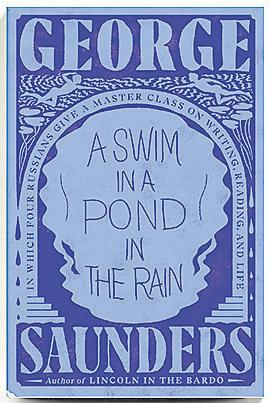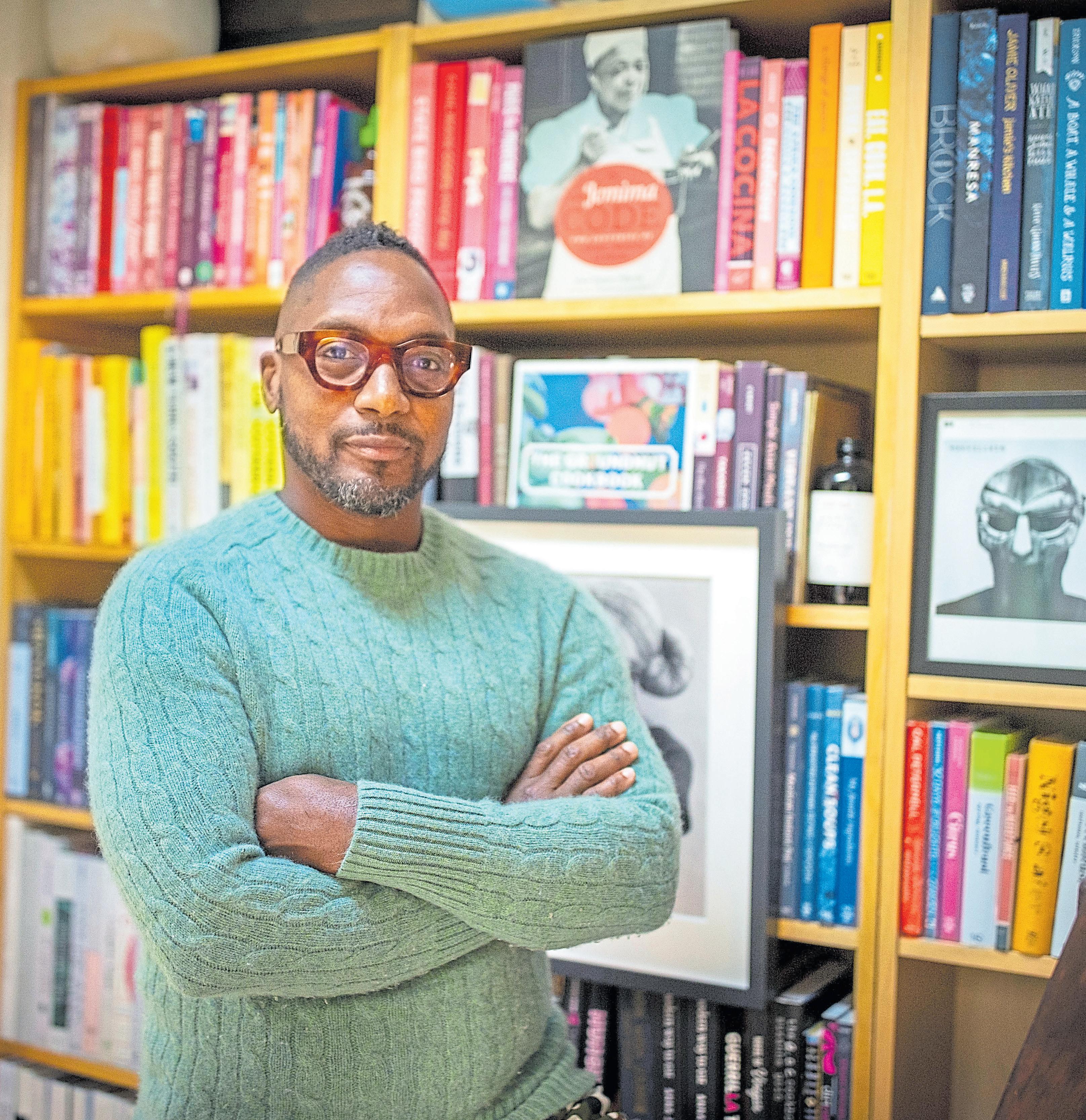
3 minute read
Otto — and Pip the pup — are kid lit author Jon Agee’s palindromic heroes
Q&A
Hang on, back up a second — or go forward. It really doesn’t matter, since you’ll end up in the same place anyway.
5 book picks from Agee
“Sylvester and the Magic Pebble” by William Steig: A donkey accidentally turns himself into a rock, and there is no way he can turn back unless somebody wishes he was a donkey again. A testament to the power of love.
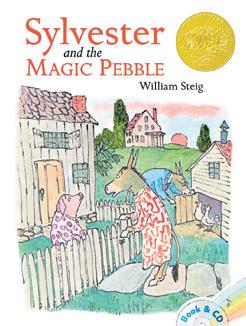
exposure or shiny trophies — yet!
BY ANGELA HILL
Such is the pleasure of a palindrome — a word or phrase that reads the same fore and aft. And award-winning San Francisco author/illustrator/palindromist-extraordinaire Jon Agee, whose children’s books include “It’s Only Stanley” and “Milo’s Hat Trick,” leads us through some wild and wacky wordplay in his debut graphic novel, written to and fro in palindromes.
“Otto: A Palindrama” (Dial Books) will be out Dec. 31, so you have that to look forward to. Or look back on, depending.
It’s for kids or kids-at-heart — a comic-strip-style story about a boy named Otto who loses his dog Pip and their ensuing adventures. Agee starts us off slow with an “LOL” here and a “Wow!” there. Then he ramps it up with proper names and full sentences like “Dale Vargas is a grave lad” and “No one made killer apparel like Dame Noon.” Yup, all palindromes. There are 200 in the book.
QHow did you pal up with palindromes in the first place?
AYears ago at a restaurant, a friend of mine mentioned that he’d been creating palindromes. He wrote out a couple. They were odd looking, nonsensical phrases, but when he drew pictures to go with them, they became coherent and kind of funny. I liked the way absurdity and logic were intertwined. So, I started creating my own.
QOnce you get going, do you start seeing them everywhere?
AEverywhere! You might be stuck in traffic behind a Subaru, and you notice that backwards, it spells “urabus.” So, you add a “d” in the middle and get Subaru Durabus, a very durable
Jon Agee’s newest children’s book, “Otto: A Palindrama,” offers an extravaganza of palindromes.
KARL MONDON/STAFF
all-terrain minivan. On a restaurant menu, you’ll notice that desserts backward spells stressed, which may inspire: “Stressed was I, sad, alas, to order a red root salad as I saw desserts!”
QWow. (There, I did it!) For a full book, do you start with a long list of palindromes and build a story around them or start with a story or just wing it?
AA long list is essential. I also reach out to my fellow palindromists for material. “Otto” was formed from a group of random scenes. In one, Otto is on a beach (and) a large rat — in sunglasses and swim trunks, carrying a boogie board — walks by. Incredulous, Otto turns to his dad: “Was it a rat I saw?” His father responds: “No, son.” Meanwhile, Otto’s dog Pip has chased after the rat. Otto jumps up in quick pursuit, and the story is on its way.
QYou won a Symmy award in January — I had no idea there was such a thing. They don’t get the play of the Oscars, at least for the less literate, apparently.
AThe Symmys is the annual contest for best original palindromes. Sadly, there is no TV
QIn your website bio, you said you were surprised when someone mentioned one of your early books, “Ellsworth,” was about something — about being oneself. Did it change your approach? Do you look for ways to put morals in your stories?
AI still approach picture books the way I did with “Ellsworth” — to write something engaging and original, which keeps me satisfied to the very last page and which, I hope, makes me laugh. I don’t write with a message or a moral in mind. It would kill the experience and the book.
QYou’re also a librettist? Do you write palindromic operas?
AA palindromic opera! No, I’ve never written one, but I like the sound of it. It could have romance (Revolt, lover!), high drama (Beware, kayaker: a web!) and controversy (Wonton? Not now!). My libretto-writing was in the 1990s. I wrote the book and lyrics to two musicals for children for the Tada! theater company in New York City.
QWhat’s next for you?
AA picture book titled “I am a Tree.” It’s a beautiful day, and a little girl who wants to stay outside all day long pretends to be a tree — because that’s what trees do. She also recruits her dad to join her. It turns out he is much better at being a tree than he’d hoped.
“Poison For Breakfast” by Lemony Snicket: A memoir and philosophical journey, beautifully told from first to last line.

“We Found a Hat” by Jon Klassen: Zen-like wisdom in this wonderfully droll, perfectly paced, elegantly illustrated picture book.
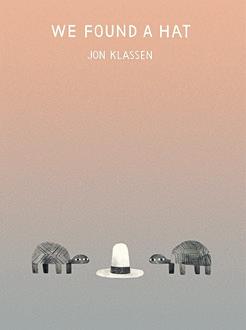
“A Wreath of Roses” by Elizabeth Taylor: Not to be confused with the famous actress. A subtle, ominous drama that Hitchcock could have directed.
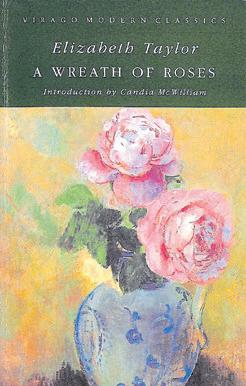
“A Swim in a Pond in the Rain” by George Saunders: A loving, offbeat analysis about what makes a story work.
